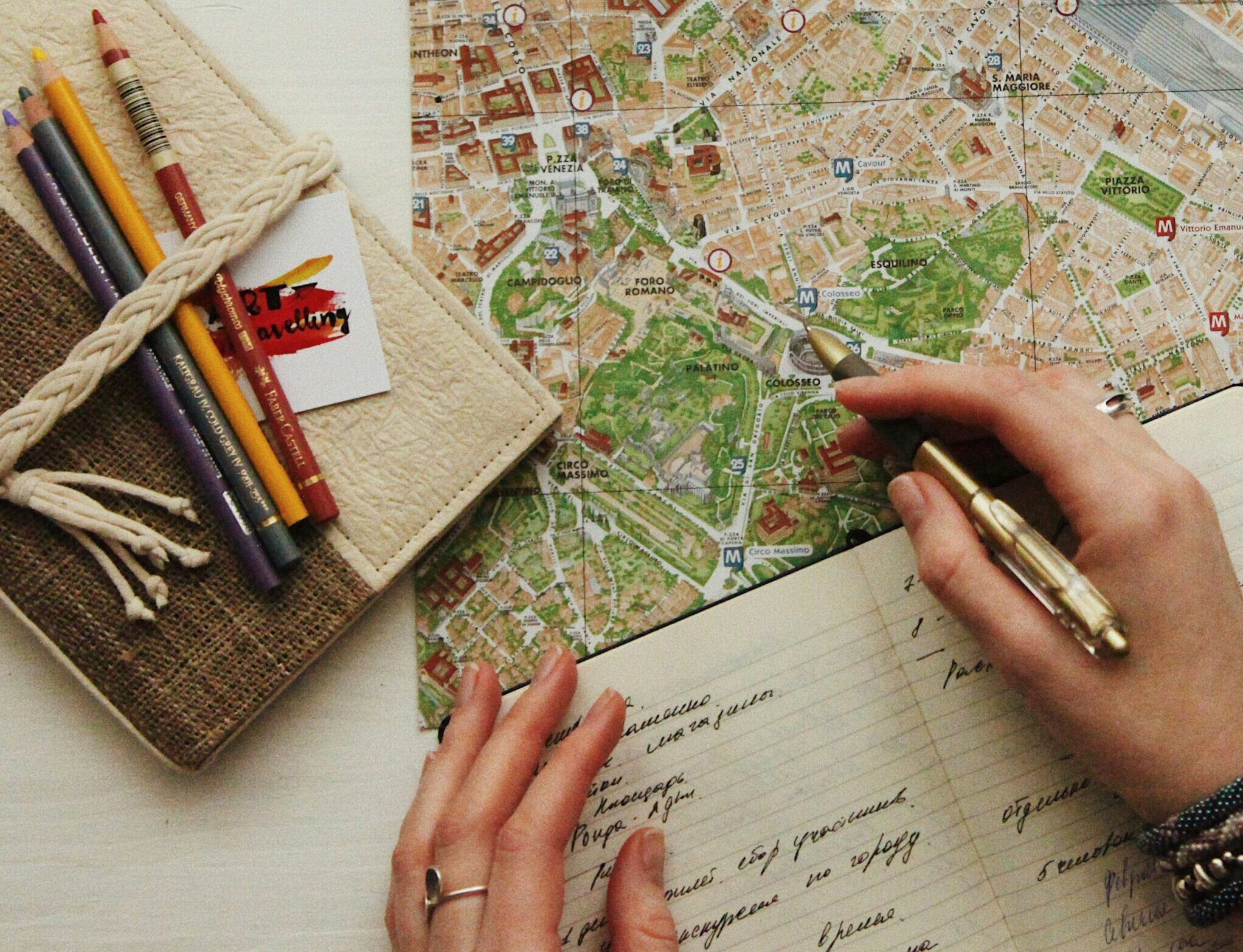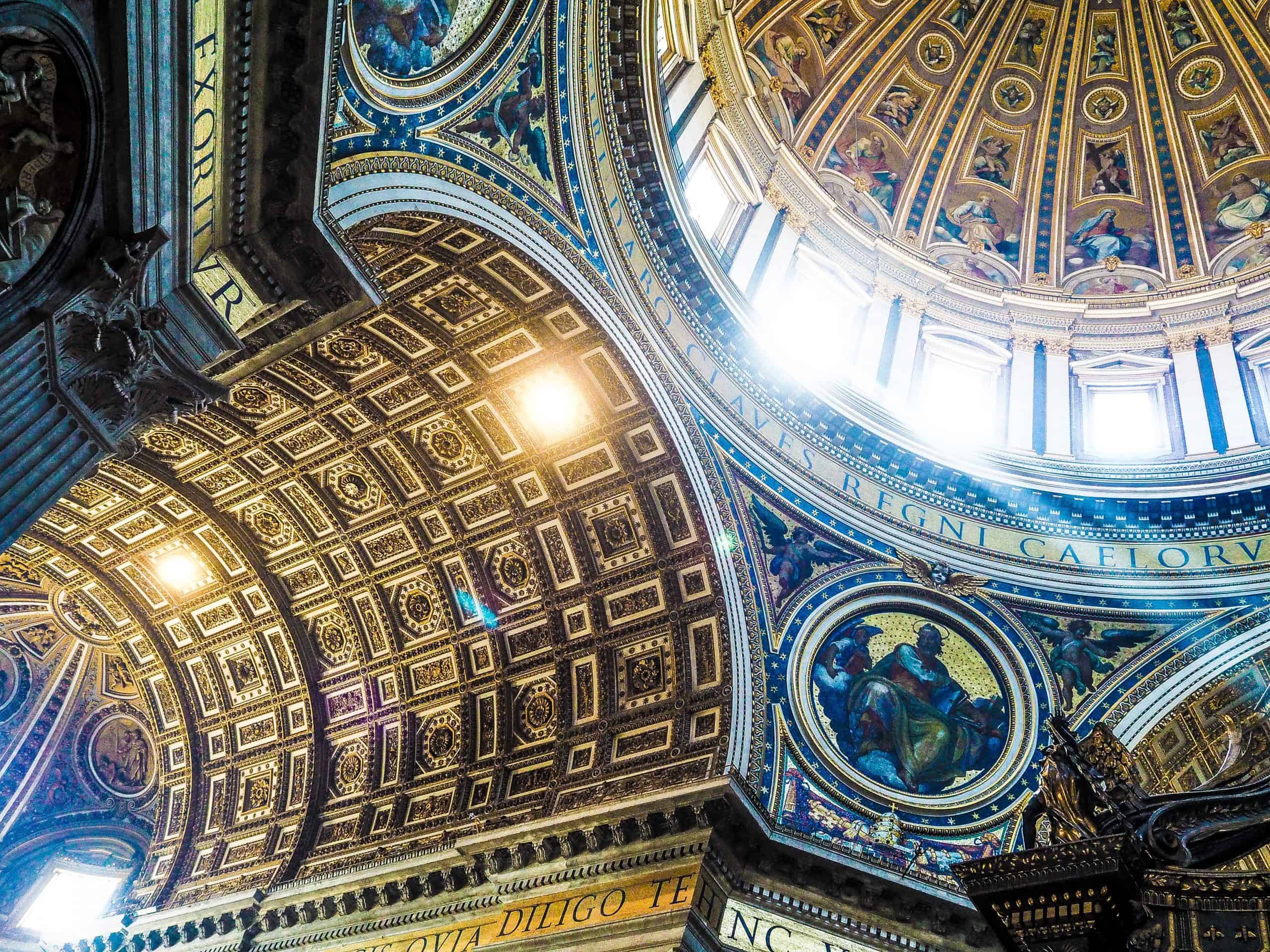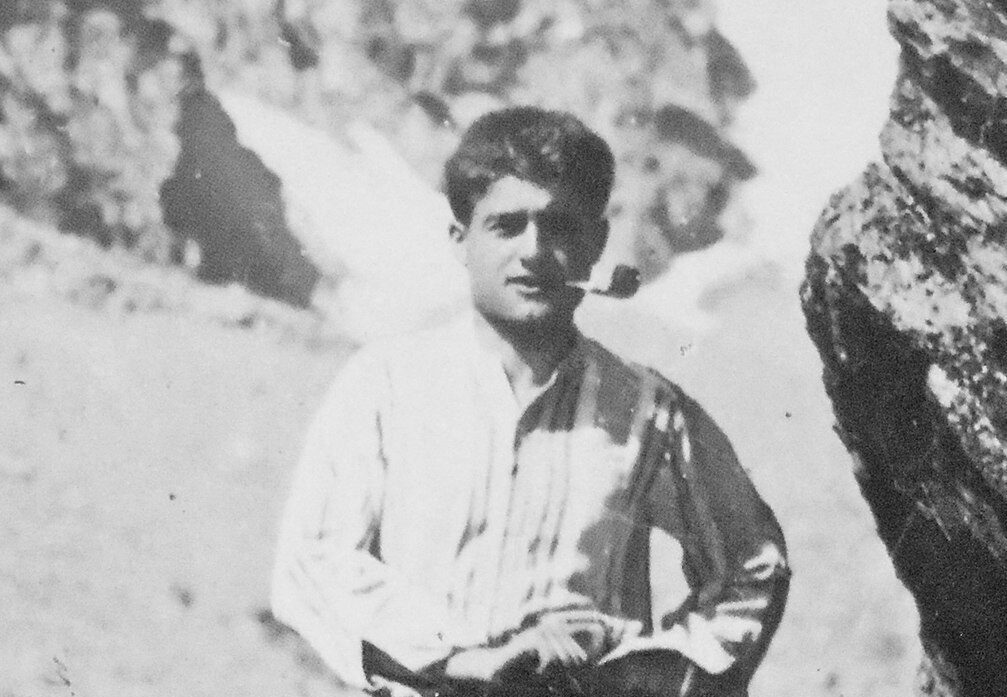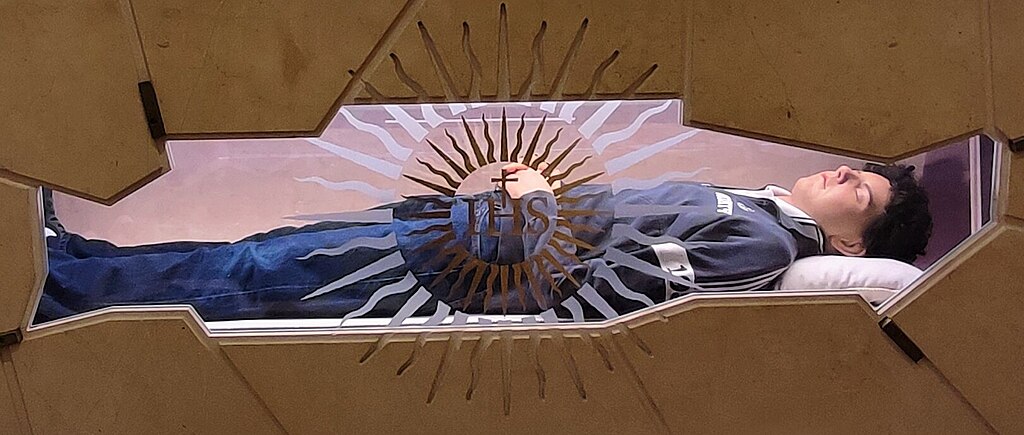At Verso, it’s our goal to make sure you have the best pilgrimage possible. That’s why we’ve crafted a packing guide specifically geared to help you prepare for a pilgrimage to France.
Whether it’s a walk along the banks of the Seine, taking in a breathtaking view of the Parisian city-scapes, or pausing for a moment of reflection at a holy site, this packing guide will leave you worry-free and ready for almost anything.
Before You Start Packing
One of the most difficult parts of packing is considering what to take and what to leave behind. It’s easy to default to taking something so that you feel more prepared, when in practice you’re loading yourself with stuff you don’t need to be lugging around! Trust us when we say that “less is more” when traveling.
As you start thinking about packing for our journey ahead, consider the following questions:
- Am I packing this item out of fear I might need it, or out of necessity?
- Will this item be used more than a handful of times?
- Will this item help or hinder me from entering into the practice of pilgrimage?
- Would it be a healthy challenge to enter into a type of fast by leaving it at home?
What to Wear:
- European style: Though France is often known for being one of the fashion capitals of the world, there’s no need to break the bank buying designer clothes. Simple styles and classic colors are perfectly acceptable. Black or more neutral-colored clothing is always a safe bet.
The typical everyday style in France is what Americans may equate to “business casual.” Athletic wear isn’t as common in Europe as it is in the United States. Consider bringing a cardigan or sweater for cooler temps, but know that you won’t often see sweatpants or sweatshirts while you’re out and about. Nevertheless, everyday casual dress is perfectly fine. - Dress for the season: As you travel the streets of France, it is common to see women in dresses or skirts—especially in the summertime when temperatures are warmer. You’ll find that men will typically wear anything from plain t-shirts, to casual button ups with a selection of more neutral slacks or shorts.
As the weather gets colder during winter and fall seasons, it’s always helpful to think in layers. You’ll want to bring clothing that will help protect against the cold, but will also provide you with an alternative if the temperature warms as the day goes on. Typically neutral sweaters or pullovers are versatile enough for what you’ll need. You’ll also want to make sure that you pack a rain jacket just to make sure you’re prepared for any variations in weather.
- Clothing for churches or holy sites: For a visit to any church or holy site, whether it’s in France, Italy, the Holy Land, or anywhere else, the rule of thumb is to always dress respectfully by covering your knees and shoulders. So, for days when you are traveling to churches you’ll want to wear clothing that is modest and comfortable. If you’re dressed for warmer weather, you can consider bringing a shawl or a scarf that can function as a cover for your shoulders or be wrapped around your waist. While shorts can sometimes be acceptable, for days with church visits, pants are the most suitable option. Sometimes it just depends on who’s running security at the entrance!
- Shoe selection: Typically, pilgrimages through cities and holy sites include a lot of walking. In deciding which shoes to bring along, you’ll want to choose shoes that are comfortable enough for a full day of walking.
Though beautiful, the French cobblestone streets can be uneven in places, so it is important to make sure that you choose a pair that won’t leave you with painful blisters. To that end, we also recommend that you break in any new shoes before you depart on a pilgrimage. Wearing them in advance of the trip will ensure that you won’t have any problems during your pilgrimage.
If traveling during the summer travel season, it’s also important to note that flip flops are customarily only worn if going to the beach.
- Security considerations: Clothes that have interior pockets or secure zippers will help you to keep track of your valuables and reduce your risk of becoming a target for pickpocketing.
Other Essential Items:
- Outlet adapter: In order to tap into the electrical outlets in France, you’ll need to purchase an outlet adapter. Most universal adaptors will fit French electrical sockets. France uses two plug types, types C and E (similar to C but also has a hole for a grounding pin). France operates on a 230V supply voltage and 50Hz. This universal adaptor is great for France, Europe and more — over 100 countries in total.
- Medications: If you have any essential prescription medications, you’ll want to pack enough for the duration of your trip and a little extra in case of unexpected layovers or travel delays. It can also be helpful to include some more standard medications like Ibuprofen or Tylenol in case you need it. We recommend that you bring your prescription medications in their original bottles, if possible. At the very least, be sure to have the scripts with you in case there are any questions while going through security.
- Extra copies of important documents: Accidents happen—even to the most prepared. Before you leave, you’ll want to be sure to make an extra copy of important documents like your reservations, passports, airline tickets, etc. Bring a set with you, and leave a set at home with a family member or friend.
- Secure storage: You’ll want to be mindful that pickpocketing is more common in larger cities and more populated areas. Money belts or other ways to store your valuables under your clothing will help protect you from having your valuables taken. You can also find many backpacks, bags, and wallets that are anti-theft and made for traveling. You may also want to consider TSA-approved luggage locks.
- Camera or other device: From beautiful vistas to ornate architecture, you’ll definitely want to have a way to capture elements of your time in France. Whether you have an actual camera or a phone, you won’t want to forget it on this once in a lifetime trip. Extra batteries and/or charging cables are another must-have.
- Water bottle: The tap water in France is generally safe to drink, but most will opt for bottled or filtered water. We’ve found that it’s most convenient to use a reusable water bottle and fill it up along the way. Consider bringing a reusable water bottle that will be big enough to carry a sufficient amount of water without weighing your bag down too much. If you’re traveling with Verso, know that we will always have plenty of water bottles on the bus for everybody.
- Euros: Some smaller stores or locations may not always take credit cards. As you plan ahead, you’ll want to make sure to have plenty of cash on hand in case you want to purchase something. Most of the time, you can get local currency at the airport of your destination, though exchange rates may not be as favorable as at other locations. You can also request euros from your bank in advance (typically 2-3 weeks).
- Cell Phone: Cell phones aren’t required, but highly recommended for traveling with Verso, as we communicate daily with pilgrims via WhatsApp each day. You can get away with just using wifi, but it’s likely your carrier has fairly inexpensive international plans or allowances you can add. Of course, you’ll want to check into your carrier and specific plan before using your phone internationally.
Spiritual Items for a Spiritual Journey
When you travel with Verso, we’ll be providing much of the relevant site info, Bible verses, itineraries, space for journaling and more within a single book provided to you before leaving. However, most pilgrims find that bringing other spiritual items along with them are must-haves for the spiritual journey they embark on. Considering bringing the following:
- Journal: With Verso, you’ll have several occasions to sit, reflect, and journal at holy sites. It also helps to write down even a quick summary of what happened that day. You’ll be surprised how much you don’t remember later!
- Bible: We’ll be celebrating Mass daily, and you might want a Bible along. You might also want it for visits to certain holy sites, as well as your own personal time in the mornings and evenings.
- Spiritual Writings: Many people instinctively think of their Bible when going on a pilgrimage, but if you’re reading works from a particular saint or author, it can be a special experience to read their words while on a pilgrimage. There are also many books that give in-depth guides to the spiritual and historical significance of the places you visit.
- Prayer Intentions: On many of our trips, there are opportunities to pray with fellow pilgrims and offer up intentions, as well as many sites where written intentions can be placed (such as directly into the Western Wall in Jerusalem).
Come Away With Us
With some guidance, preparing to travel abroad doesn’t have to turn into a daunting endeavor. Instead, it can be a hope-filled experience laced with the excitement of what’s to come during a pilgrimage to France.
At every stage, your experience of pilgrimage is of utmost importance to us. We understand that as you prepare you may have lingering questions, and we are more than happy to answer them.
We are looking forward to traveling with you and we eagerly await for you to experience God’s restoration through the people and places of France.




